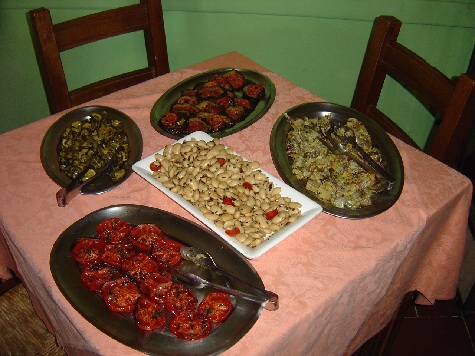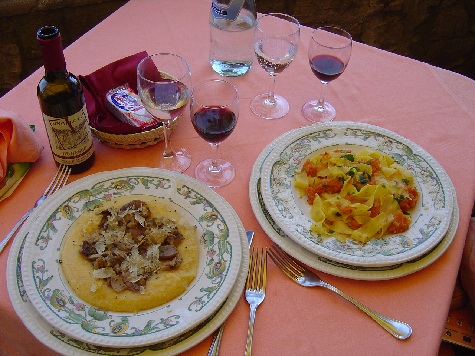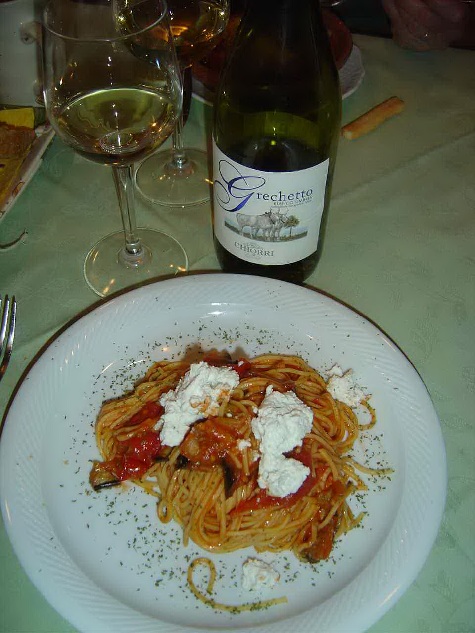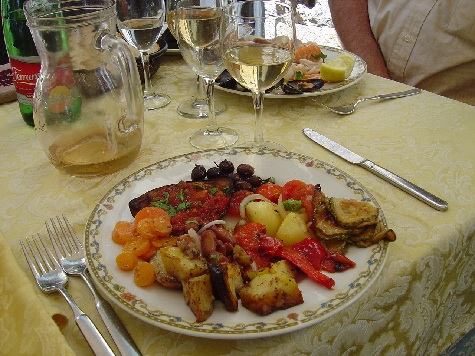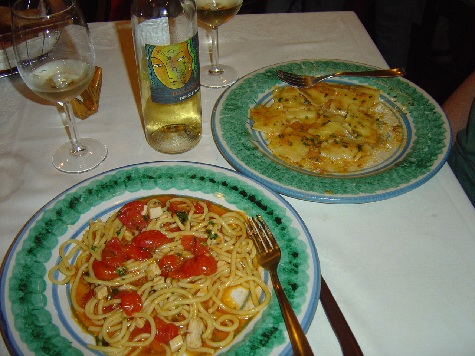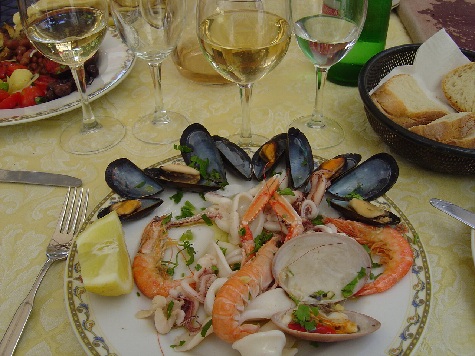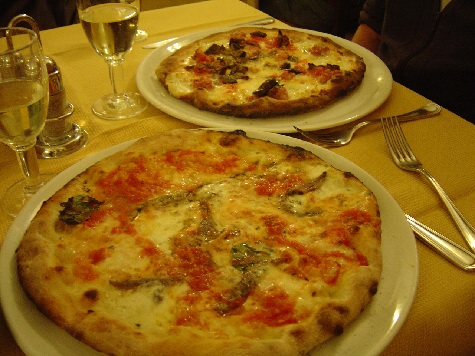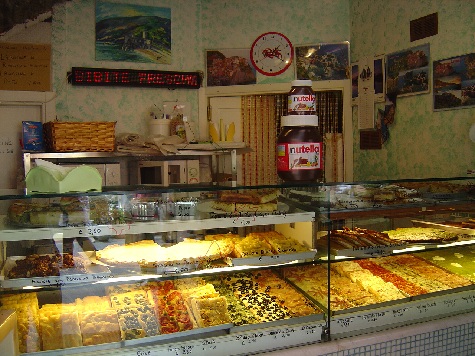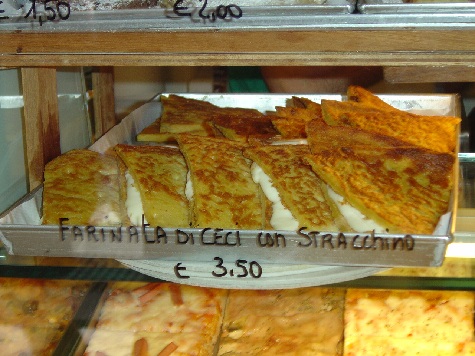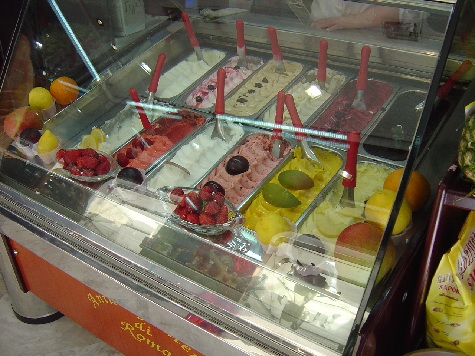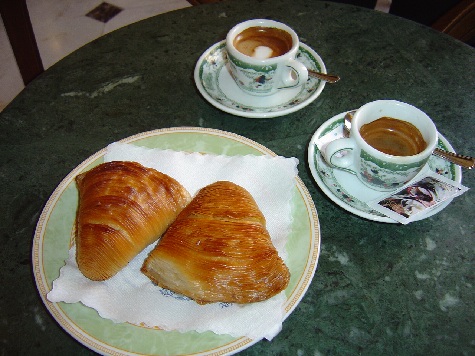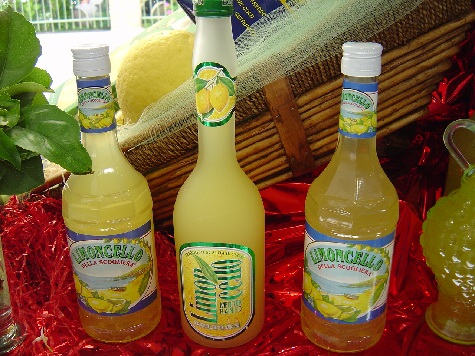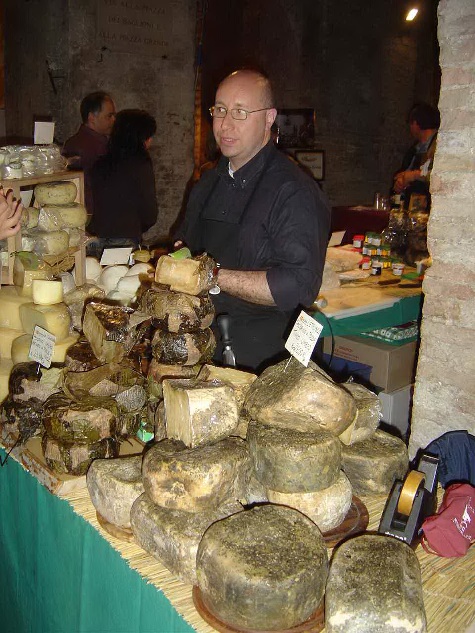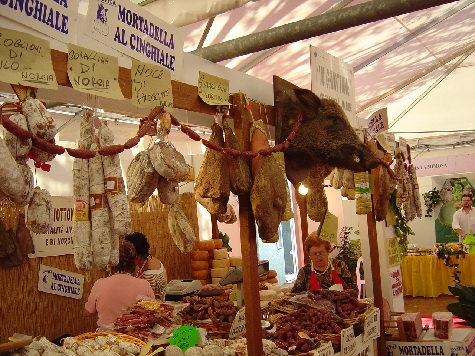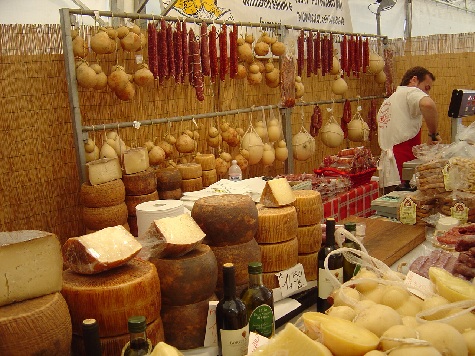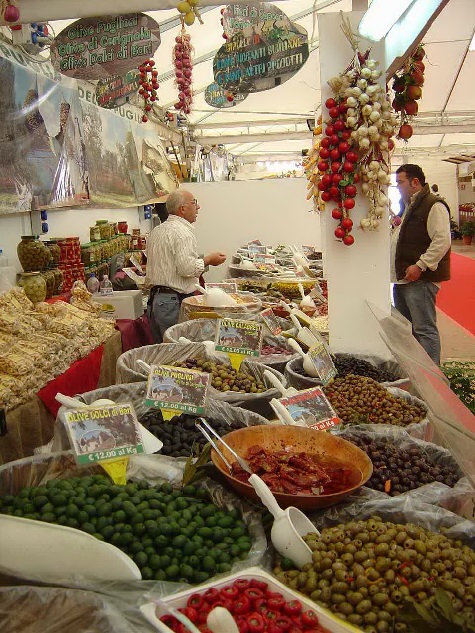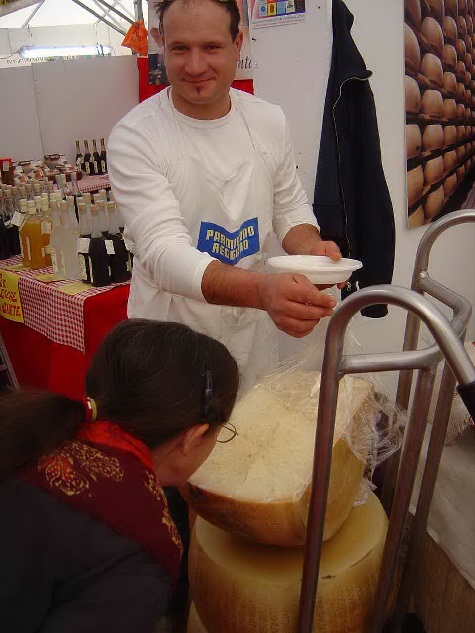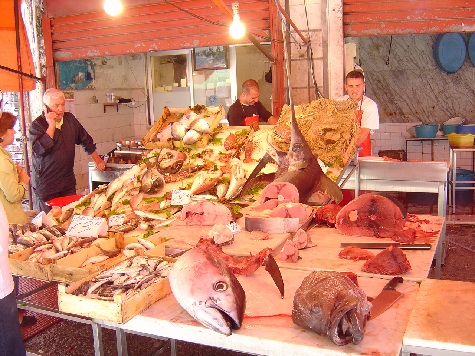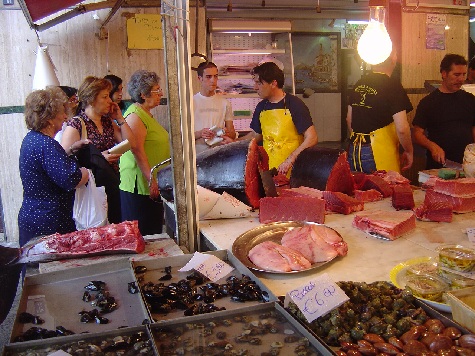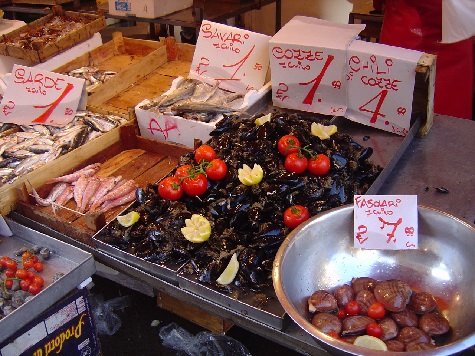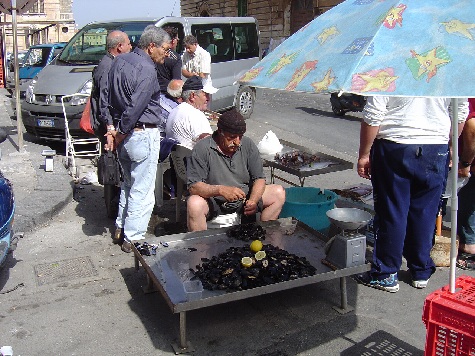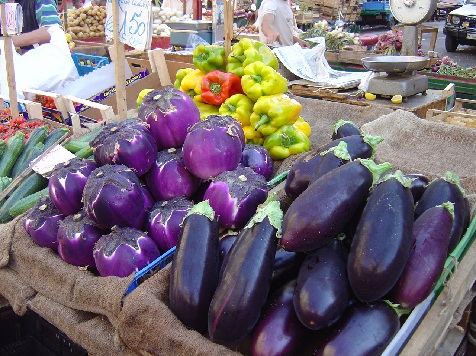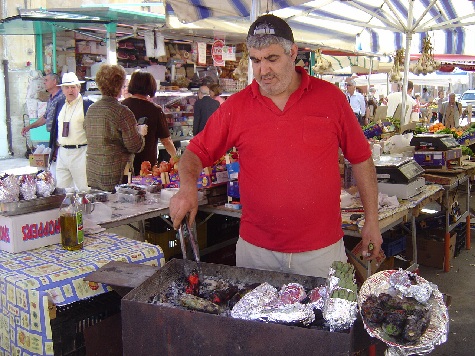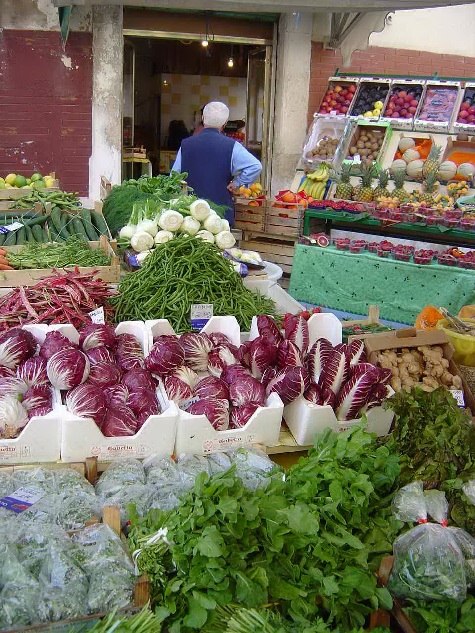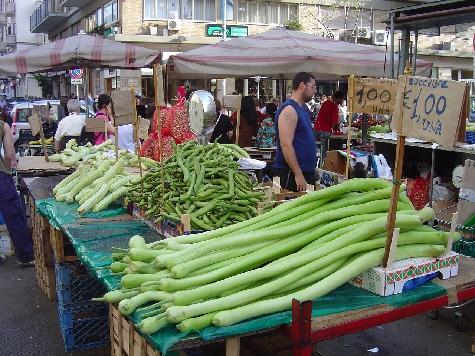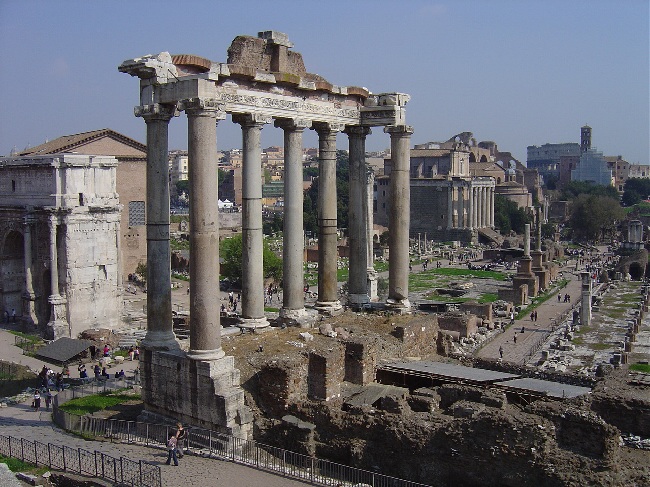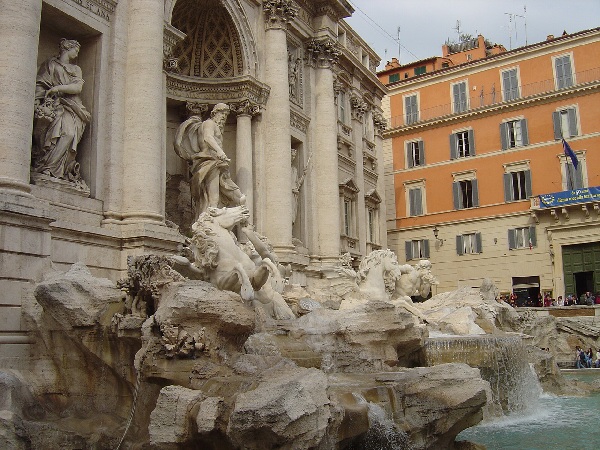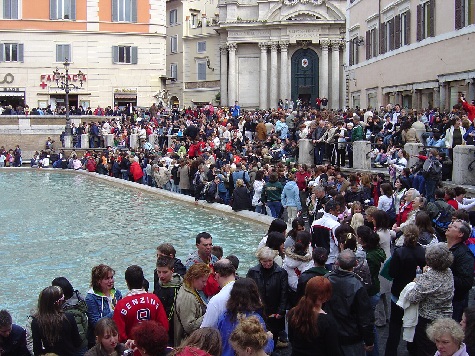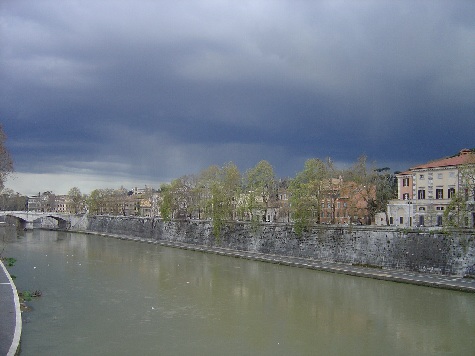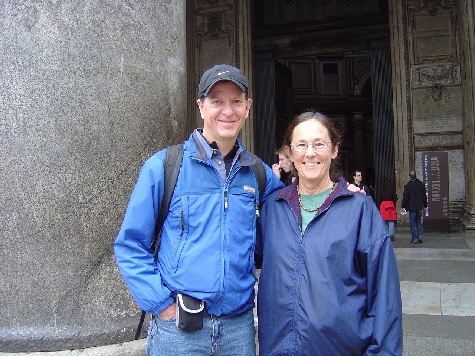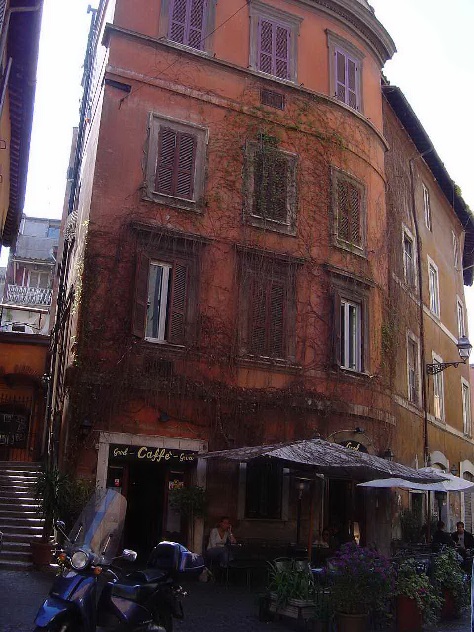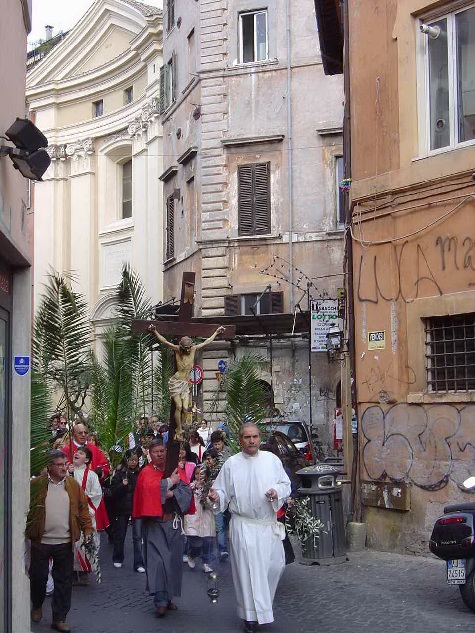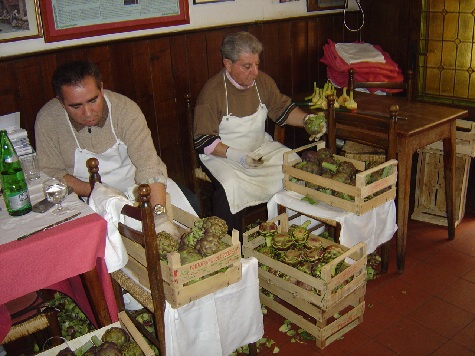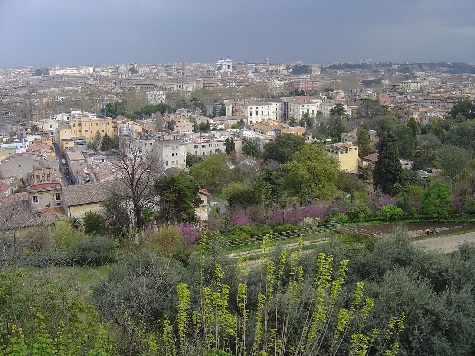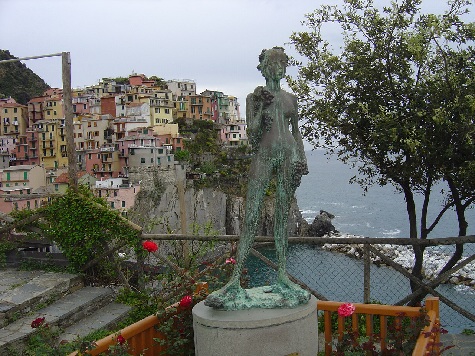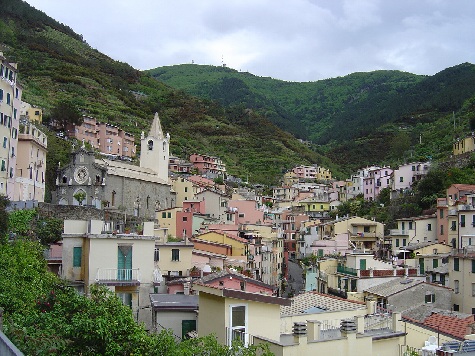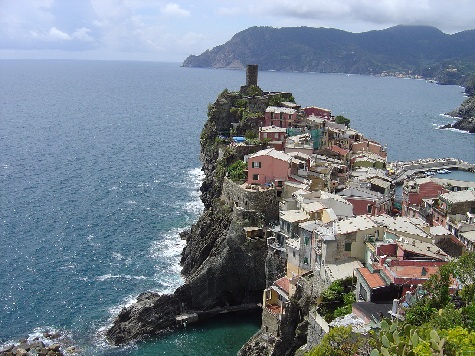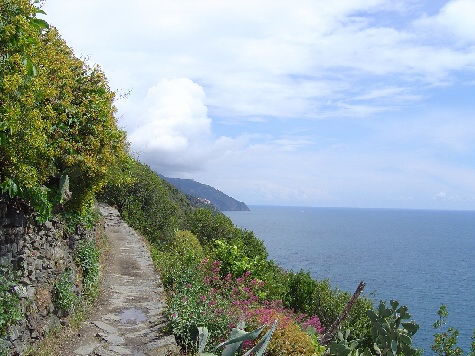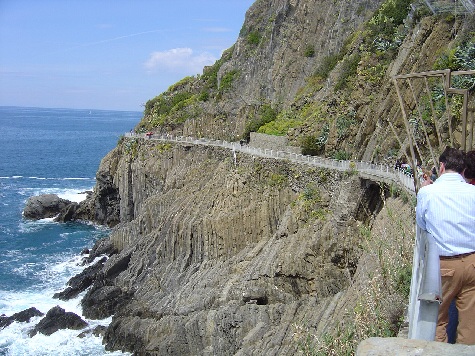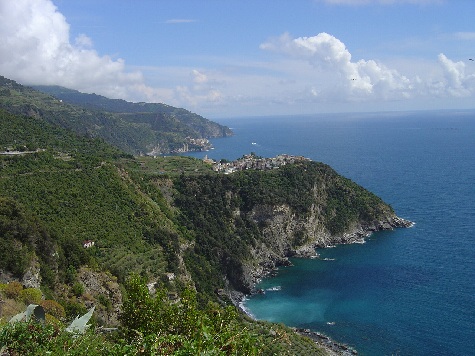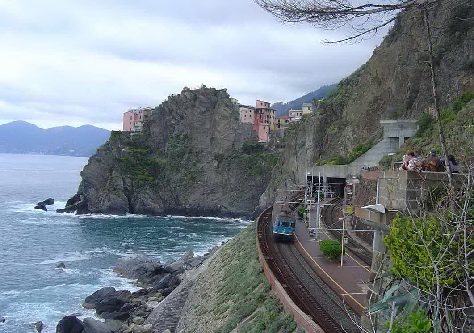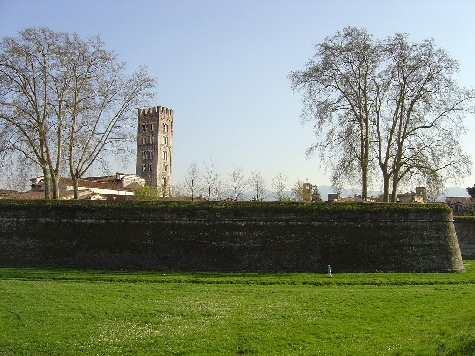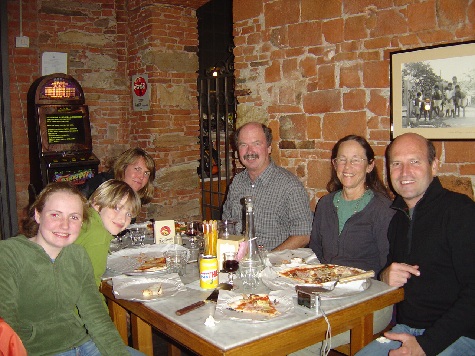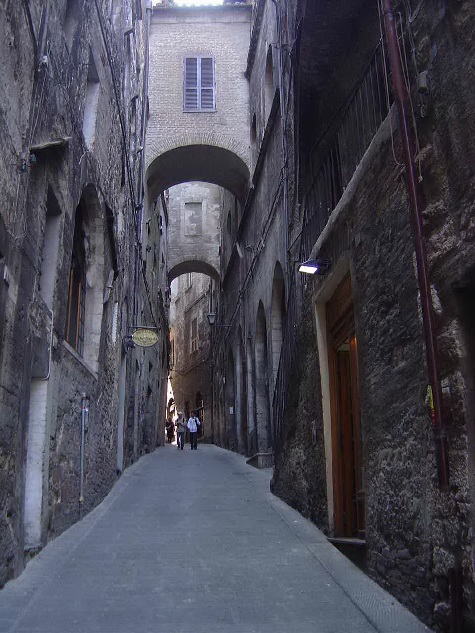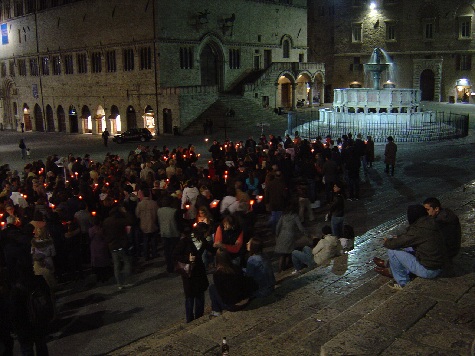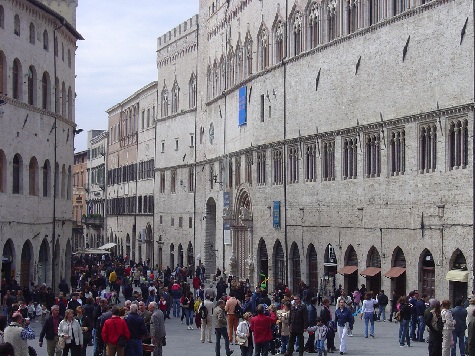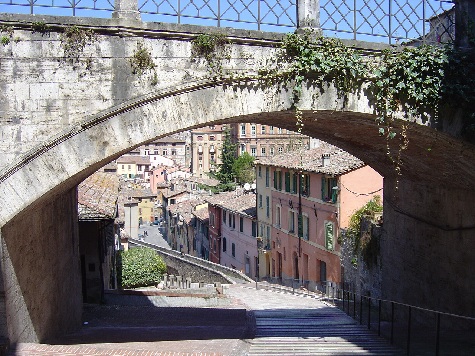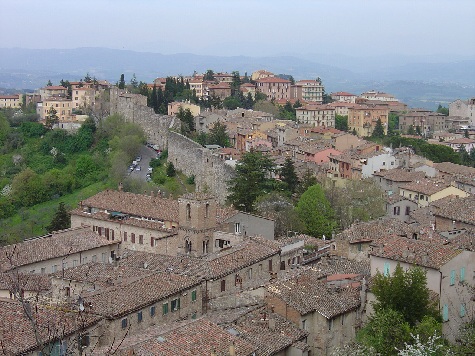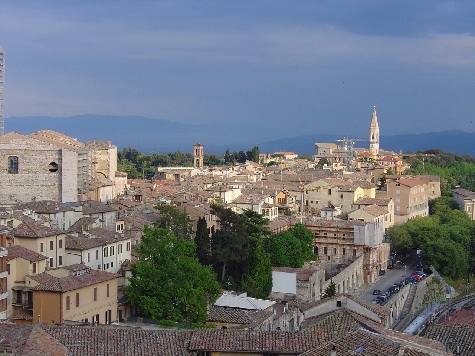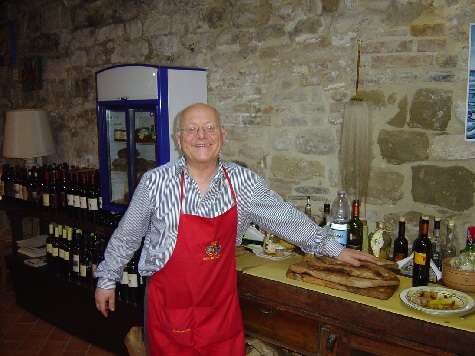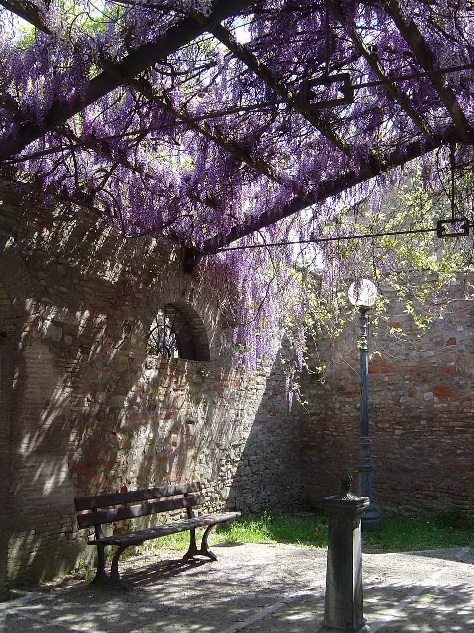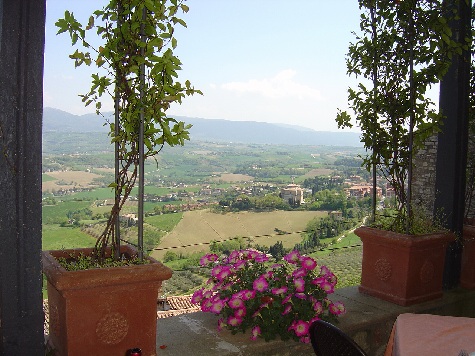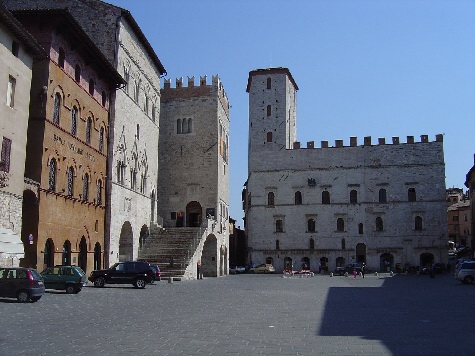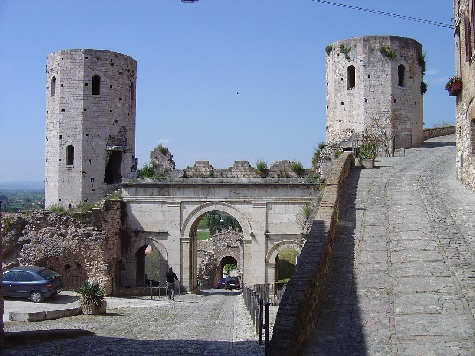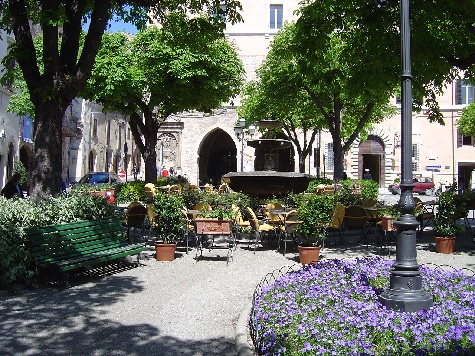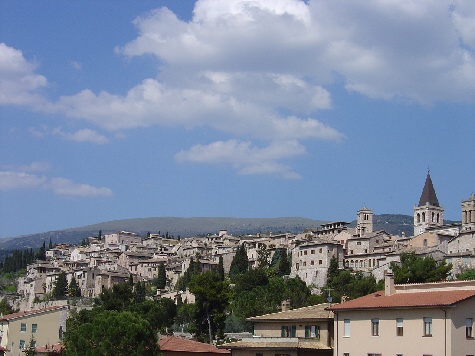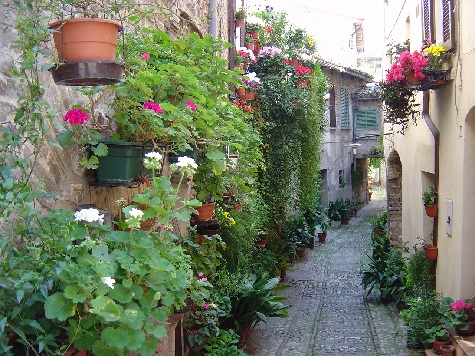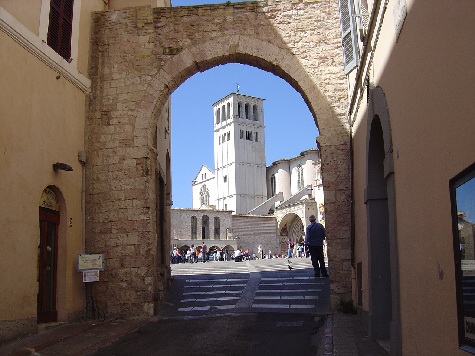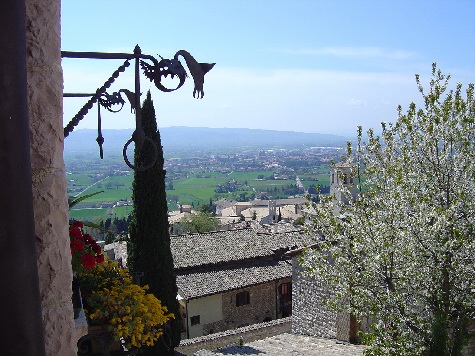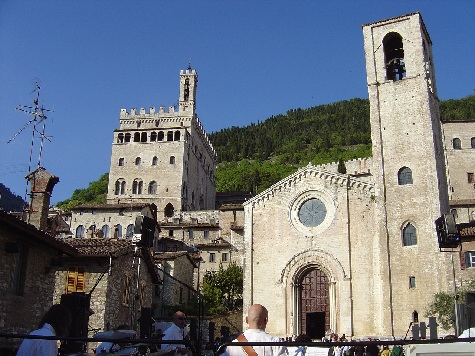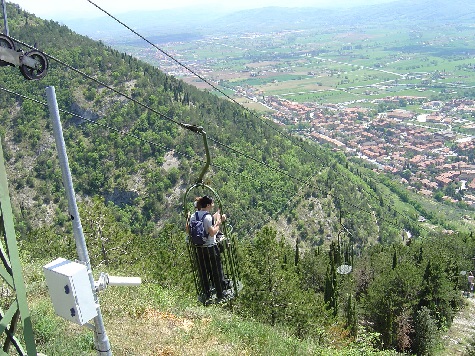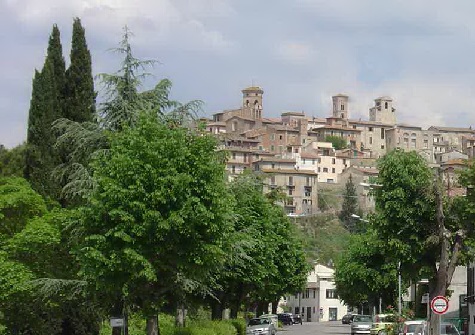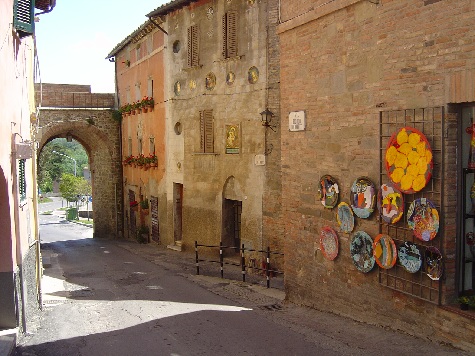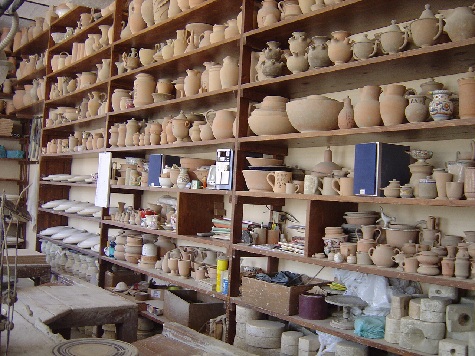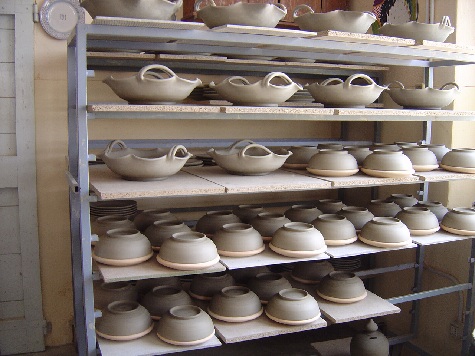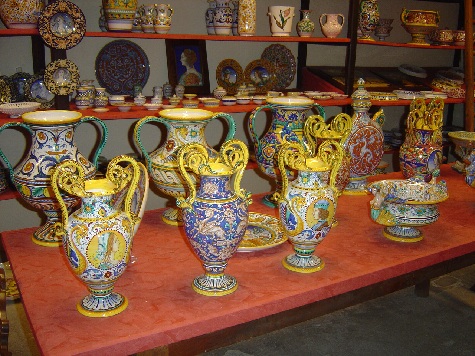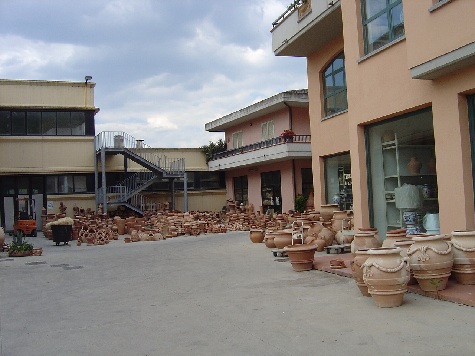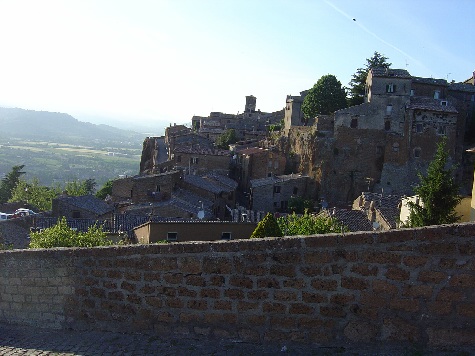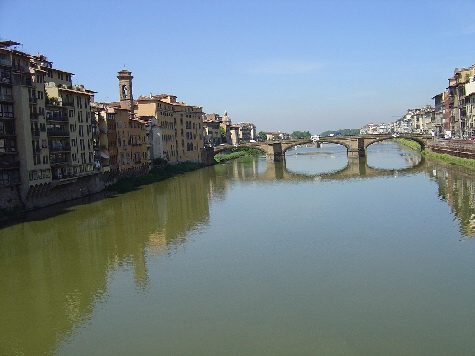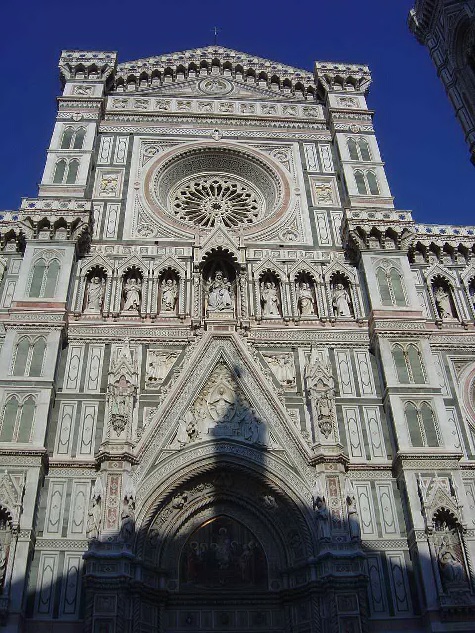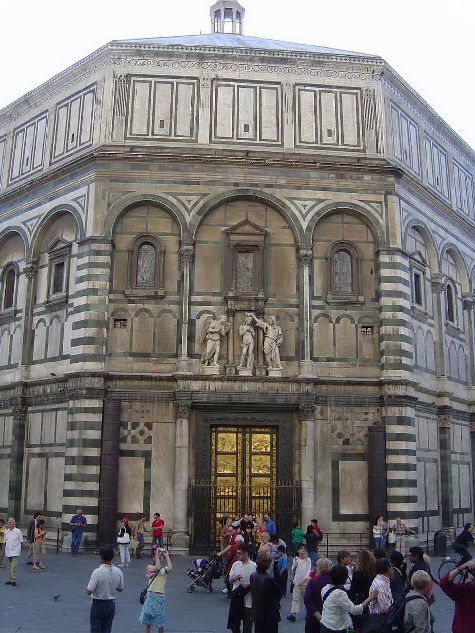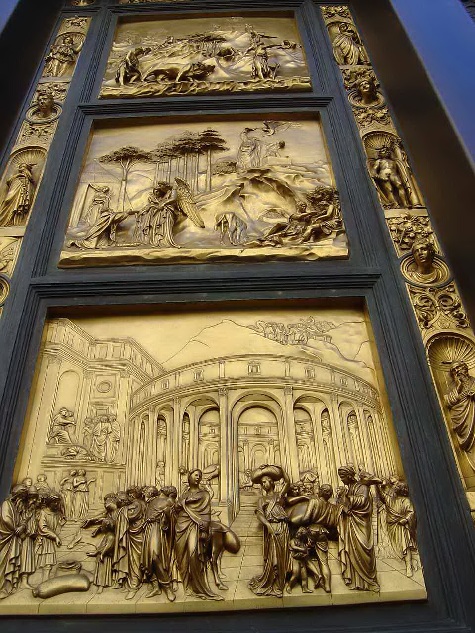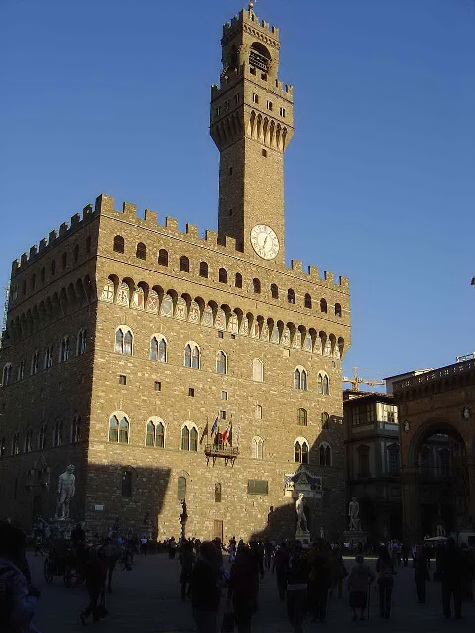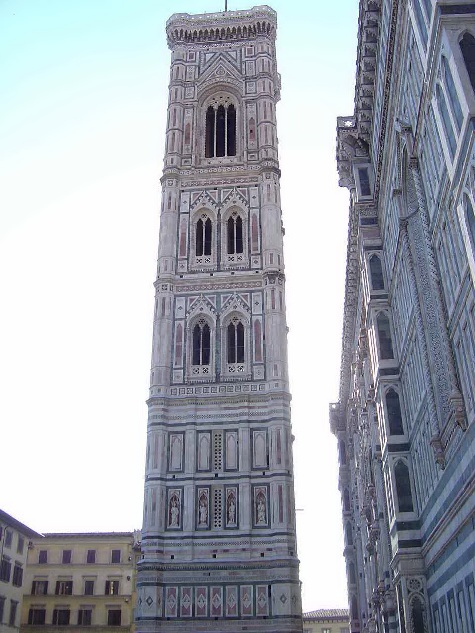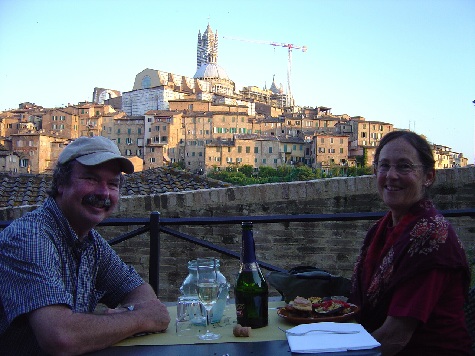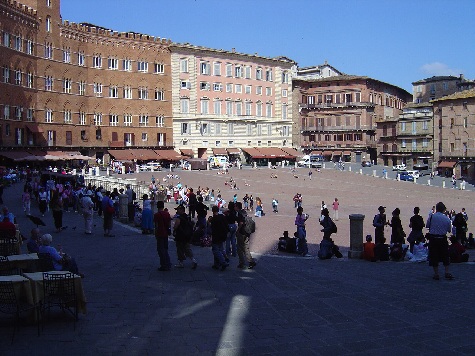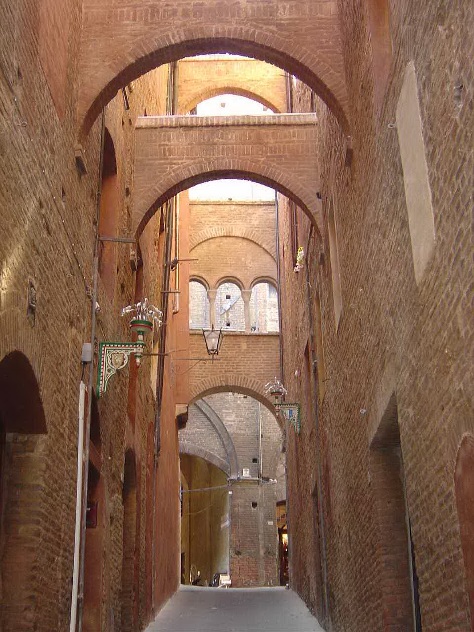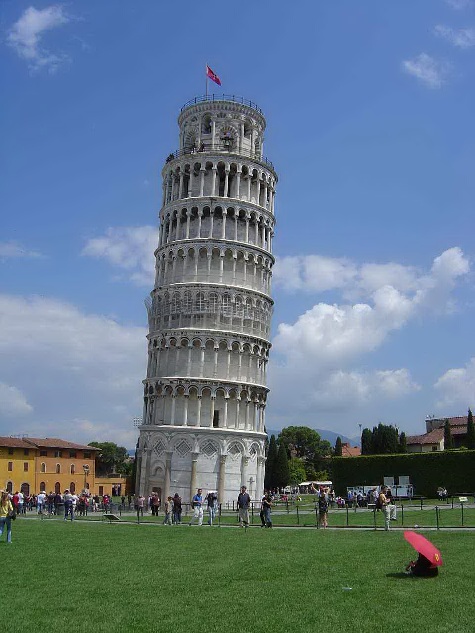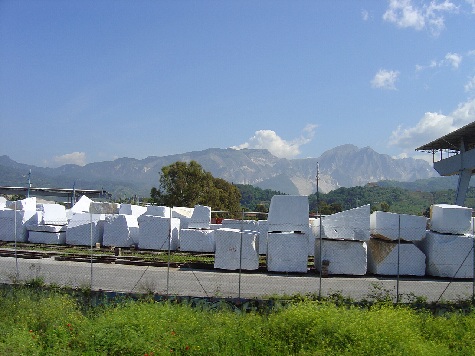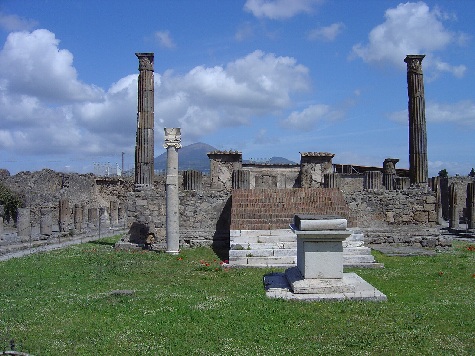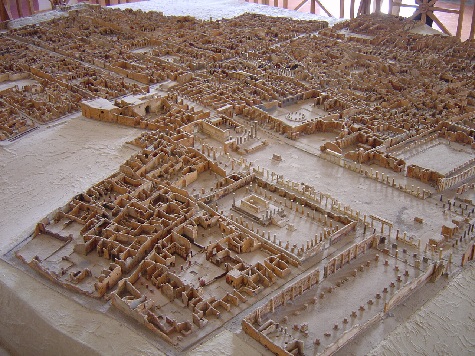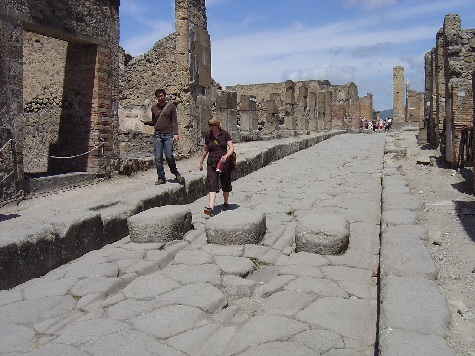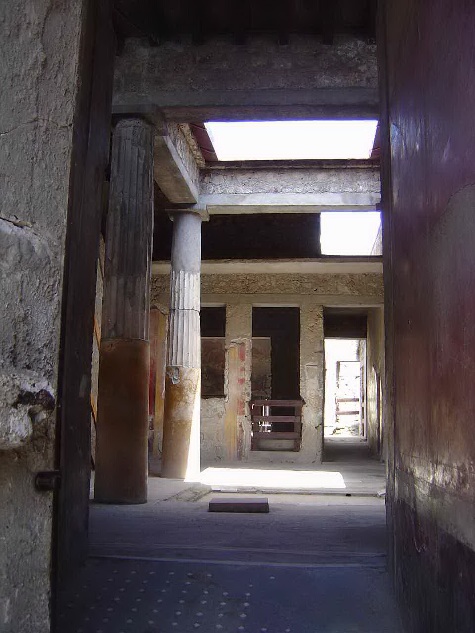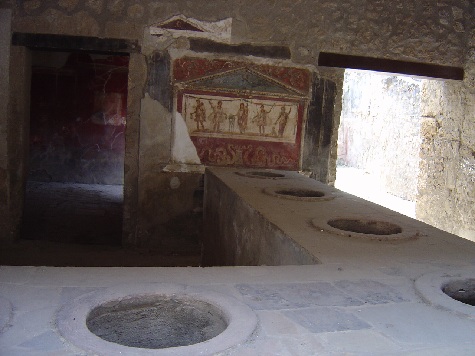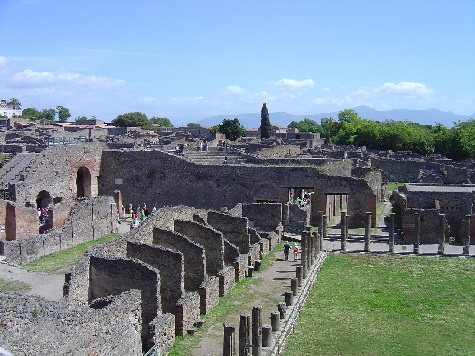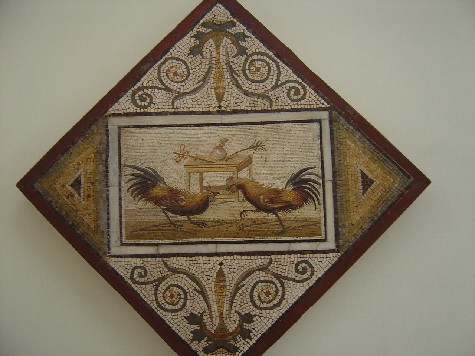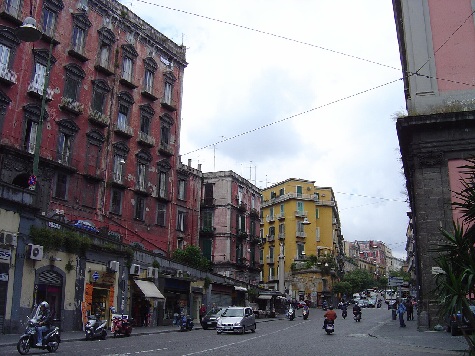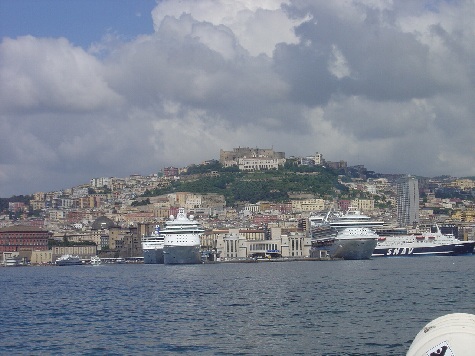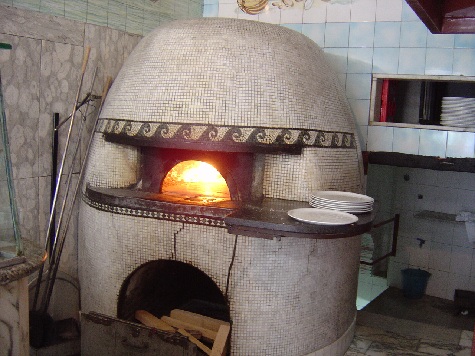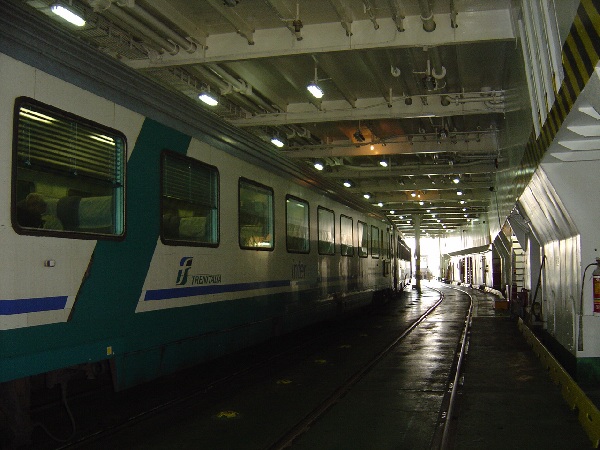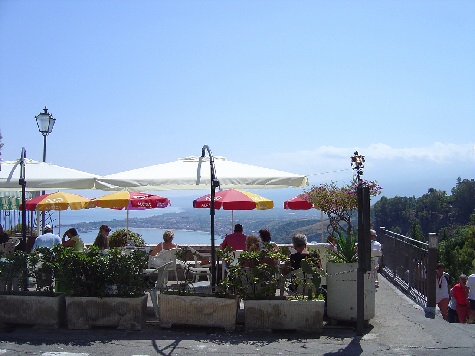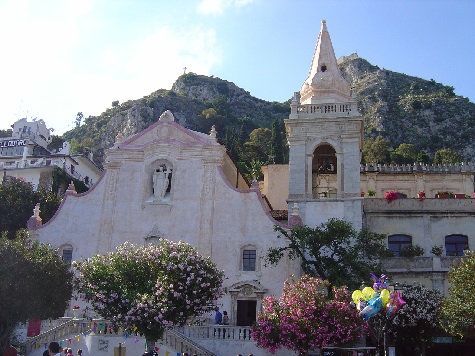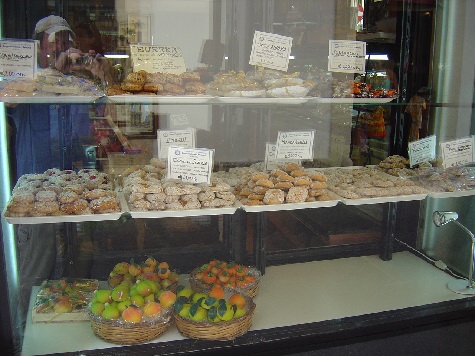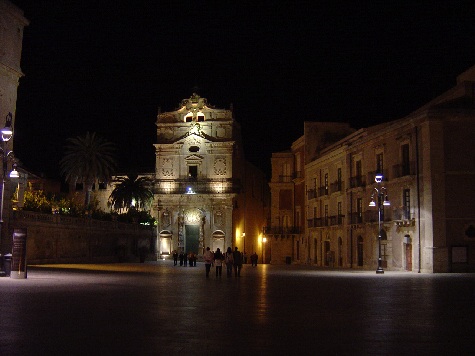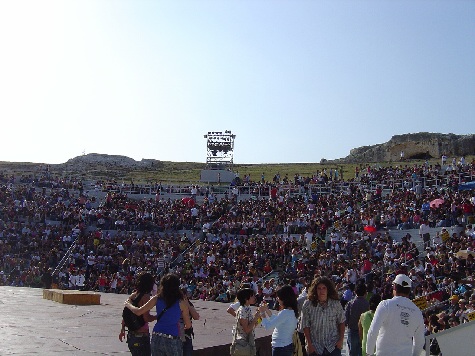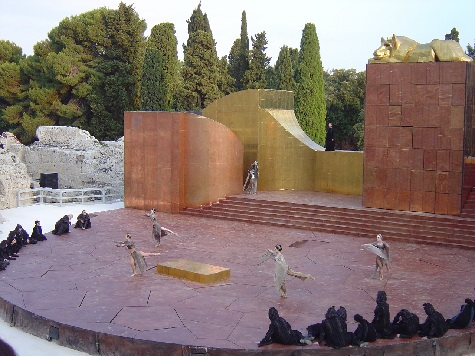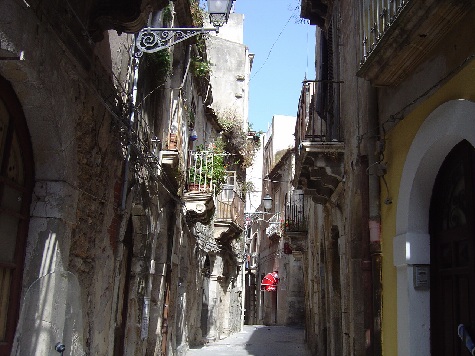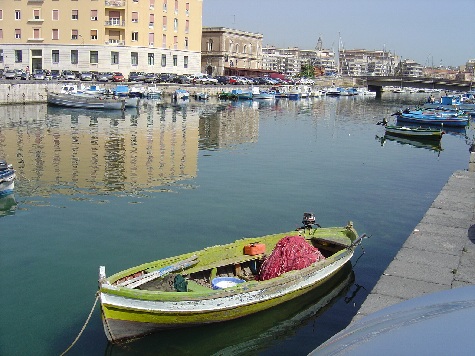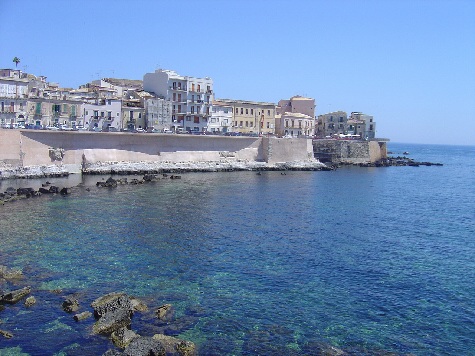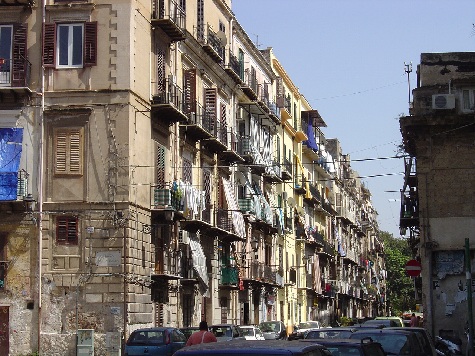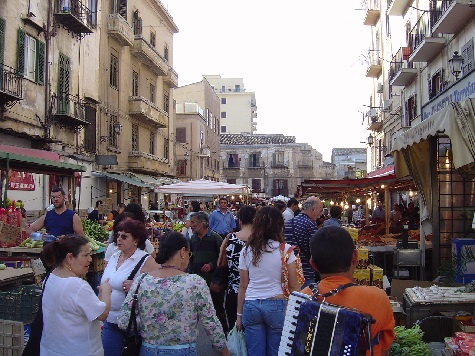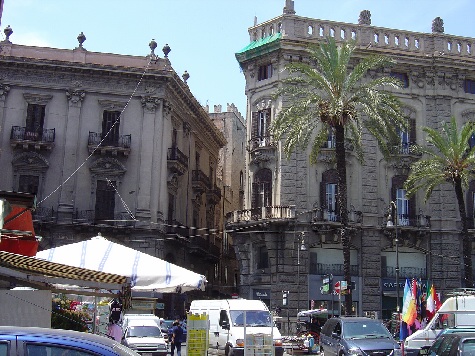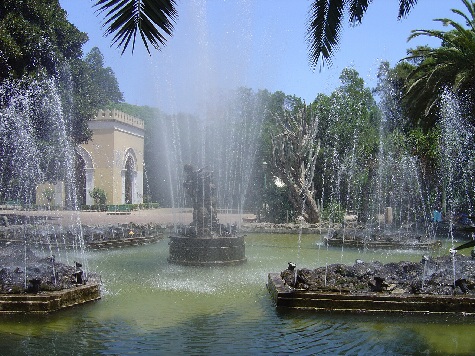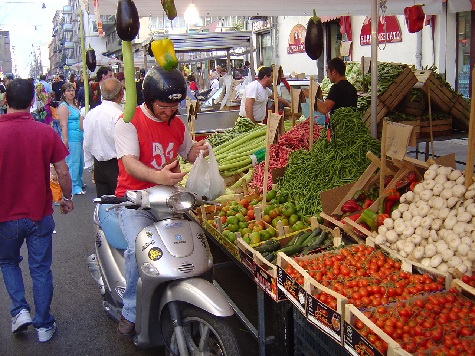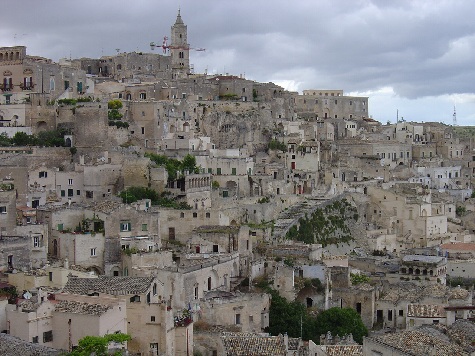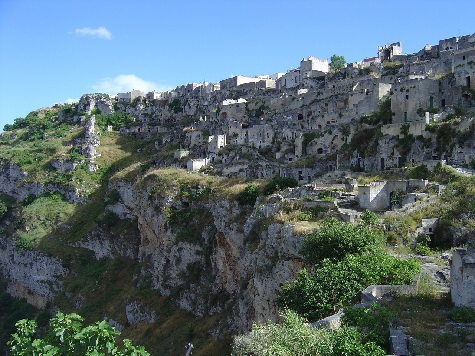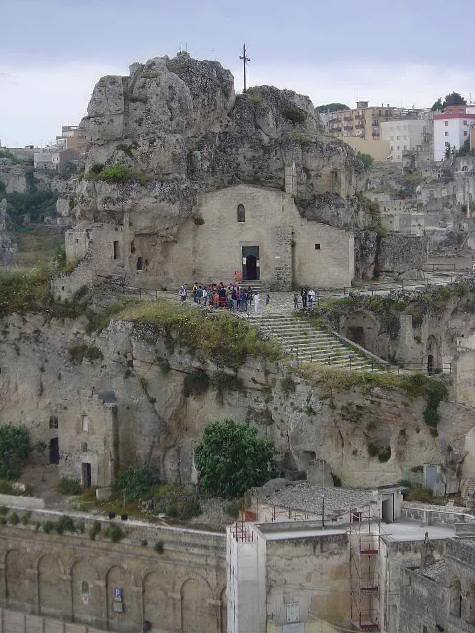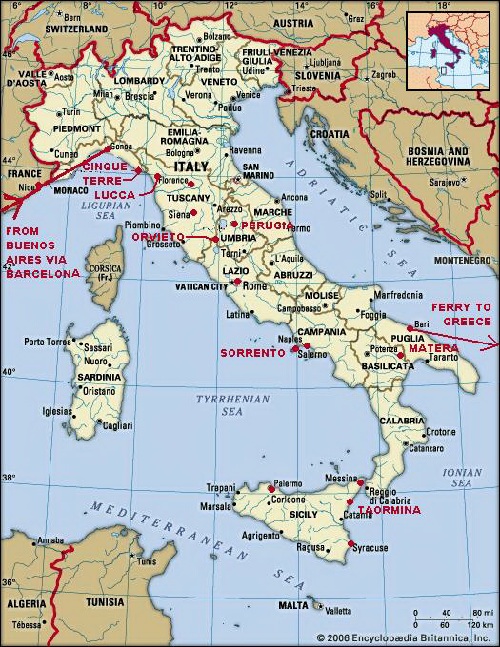 |
Our Route. We flew from Buenos Aires to Barcelona, and went quickly in 10 days across the French Cote d'Azur to Rome. We wanted to get to Rome before the crowds, and besides, it would give Cinque Terre, one of our main destinations, some time to warm up.
|
| After a few weeks in Rome being tourists, it was off to Umbria, a beautiful rural region similar to Tuscany, with vineyards and olive groves and fine food. There are many old medieval hilltop cities, lots of fine art, and it's a bit less visited than Tuscany, but rapidly catching up. We rented an apartment for a month in Perugia, the capital of Umbria, which was a great base to explore the famous old cities of Assisi, Todi, Spello, Gubbio, and DeRuta, and get to know the local culture and food. |
|
| Then we went north to Cinque Terre. We had a great time hiking along cliffside trails from town to town and visiting the 5 villages, Cinque Terre is incredible! |
|
| Next we worked our way down by trains and buses through Pisa, Siena, and Orvieto to Sorento, near Naples, and then South along the beautiful Amalfi Coast to Salerno, spending some time in each of these cities. |
|
| We took a long train ride from Salerno to the Southern tip of the mainland to cross over to Sicily by ferry. Sicily turned out to be one of our favorite regions of Italy. |
|
| We left Sicily by train to Matera, site of ancient cave dwellings still in use since BC... Then ferry to Greece! |
|
| On our 3 month trip through Italy, we missed Milan, Venice, and the Dolomites, which we're saving for some other trip. In the regions we did visit, our favorite areas were Cinque Terre, Tuscany, Umbria, the Amalfi Coast, and Sicily. In the future, it would be good to explore La Marche, next to Umbria, similar to Tuscany and Umbria but with few tourists. |
|
|
| Italian Surprises. Italy is just slightly larger than Arizona, and has 7,600 km of coastline. Palermo, the capital of Sicily in the very Southern part of Italy, is at about the same latitude as San Francisco.
|
|
| It's mind boggling how much is packed into this country. The scale of its monuments is incredible. We never came close to getting a feel for Rome, after almost a month there. Even small hill towns are loaded with castles, palaces, fortress walls, and winding alleys. Along with the large-scale monuments come immense crowds. It was often too much. The hordes of tourists made it feel like being in a continuous cultural gauntlet. Our line to get into the Vatican Museum was a mile long, and took 2 1/2 hours! |
|
| Some of the hill towns have established pedestrianized streets inside the city walls. A great idea, since the traffic in Italy is horrendous! They say Italians don't honk their car horns, but if they don't, it's only because they know it won't do any good. |
|
| Italy is expensive. A lot more than France or Spain. Nothing is free. Every event, museum, exhibit, or interesting looking building has an entry fee, usually a lot more than you'd expect. If you sit down to get waited on at a table in a cafe to enjoy a coffee or breakfast, you'll pay up to 50 percent more for your food and drinks than all those people standing up at the counter. |
|
| It's surprising how many political demonstrations and strikes there are. The strikes for us seemed to be centered on the transportation system. Trains are often 1 hour late, 3 hours is not uncommon. Our train from Palermo to Salerno, normally a 6 hour ride, took an unbelievable 13 hours! There were several different events causing this particular delay. The most significant was a blockage of the tracks by townspeople protesting the re-opening of a garbage dump. Italy has a large problem with garbage, now that the Mafia has been kicked out of the business in the last three years, as federal proceedings have succeeded in closing down much of Italy's organized crime. Legitimate garbage dumps must now be constructed. |
|
| Garbage was one of the Mafia's big money makers, along with illegal construction, extortion, prostitution, and drug trafficking. Italy generates over 80 million tons of garbage per year, and apparently organized crime in the form of the Mafia handles 35 million tons of it. This brings in more than $US 30 billion, a big chunk of their $100 billion income (10% of Italy's GDP). Much of the waste is industrial and toxic, and has been dumped illegally throughout the country, in the ocean, and peddled to third world countries. |
|
| It's interesting to note that the Italian Mafia received their initial main support from the US and its Allies during WW2 for help with the Allied reinvasion of Italy. This enabled the Mafia to establish their stronghold in Italy. There are still hundreds of Mafia-related deaths each year, but luckily none of the violence is directed at tourists. |
|
| A very noticeable sight throughout Italy is the high level of police presence - there are carabiniere, the Italian uniformed federal police, everywhere. There seems to be a Military outpost, Zone Militare, or military building on every block! And this doesn't lead to a low crime rate. There is lots of crime in Italy. Next-door Greece, on the other hand, has one of Europe's lowest crime rates, and you rarely see the police. |
|
|

